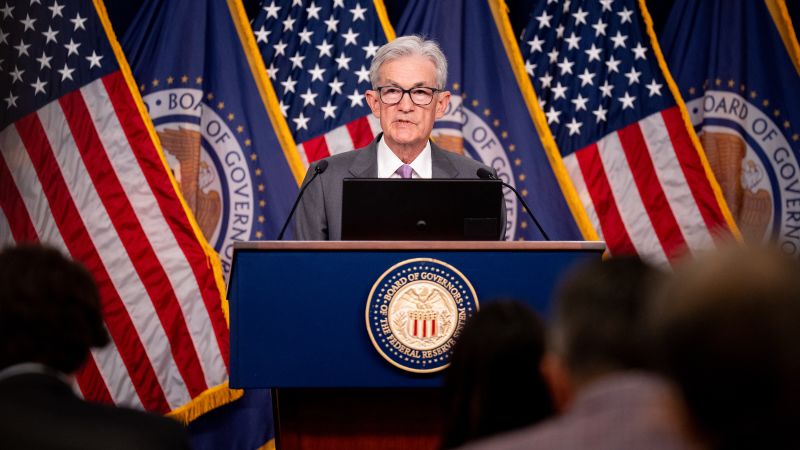As the summer winds down, Wall Street finds itself in the midst of a turbulent time, with global stock market turmoil spilling over into the US. Investors were calling for the Federal Reserve to hold an emergency meeting to slash interest rates and stabilize the markets. However, Fed Chair Jerome Hayden Powell took a different approach, choosing to ignore the demands and let the markets run their course. This decision highlighted the tension between the Fed’s focus on economic stability and Wall Street’s focus on profit.
Despite their differing priorities, the Fed and Wall Street are part of a larger economic family that drives the world’s largest economy. While they need each other, they often disagree on the best course of action. Stock traders and analysts are quick to criticize the Fed when it doesn’t align with their preferences, while Powell has no qualms about delivering sarcastic retorts to the pundits. The Fed’s message is clear: they won’t be swayed by Wall Street’s demands, staying true to their policy approach.
Powell’s approach stands in stark contrast to the situation unfolding in Japan, where the central bank recently raised interest rates for only the second time in 17 years. After causing a stock market correction, the Bank of Japan backtracked on their comments, citing market volatility and committing to keeping rates stable. This move led to a surge in Japanese stocks, demonstrating the challenges central banks face in dealing with market pressures while maintaining economic stability.
Economist Mohamed El-Erian highlights the dilemma central banks have faced in the past two decades, where attempts to address economic and financial imbalances have often been undone by market pressures. Powell, who is known for his admiration of former Fed boss Paul Volcker, has the opportunity to take a firm stance in the coming weeks. With markets rebounding and calls for an emergency rate cut quieting down, Powell can assert his authority at the upcoming Jackson Hole summit without caving to Wall Street’s demands.
Overall, the dynamic between the Federal Reserve and Wall Street reflects the complex relationship between economic stability and profit-seeking. While the two institutions are interdependent, they often clash over the best course of action. Powell’s refusal to yield to Wall Street pressure underscores the Fed’s commitment to its policy approach, signaling a potential shift away from market-driven decision-making. As Powell prepares for his upcoming address at the Jackson Hole summit, Wall Street will have to come to terms with the Fed’s stance and adjust their expectations accordingly.













